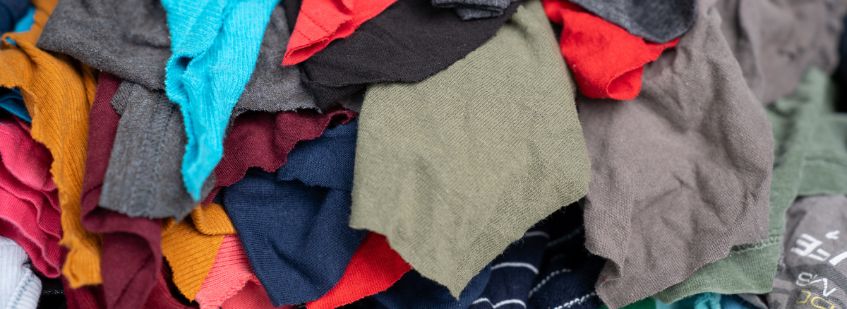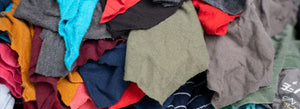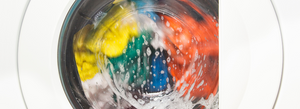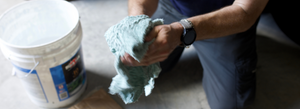Exploring the Magic of Microfiber

Whether you’re an auto detailer restoring a shine, a jewelry shop owner cleaning a display case, or a housekeeper dusting keepsakes, microfiber cloth has revolutionized cleaning over the past few decades.
For people who remember cleaning with other types of cloth, microfiber’s performance can seem almost magical.
This month we’re taking a closer look at this finely woven fabric to explore how microfiber works, why it works so well, and whether it’s worth the extra cost for your business.
What is Microfiber and Why Does it Work So Well?
Microfiber attracts dirt and grime, including microscopic bacteria, and holds onto it — all without using chemicals or, in many cases, water. These cleaning cloths use what seems like magnetic energy to draw dirt, grime, and bacteria out of tiny crevices.
Microfiber: A Brief History
Microfiber dates to the 1950s when domestic textile producers started launching research and development initiatives to explore alternatives to cotton and wool. Textile makers were looking for new products to sell in the booming postwar markets.
These initiatives led to several products we’re now familiar with, like polyester and nylon.
The industrial technology of that era was also changing. Textile makers could weave cloth with more precision, allowing for higher thread counts and the inclusion of finer fabrics.
How Micro is Microfiber?
Microfiber combines synthetic material with industrial precision. To create microfibers, cloth makers heat synthetic fibers and force them through miniscule pipes. This process splits each fiber into smaller fibers.
These smallest fibers are measured in microns. A micron is one millionth of a meter. About 20,500 microns lined up in a row would equal the length of one inch. Typical human eyesight can’t see a particle that’s smaller than 50 microns.
Originally, microfibers were 3 to 5 microns wide. Today’s fibers are even smaller, sometimes only a third of a micron.
Small Fibers = Big Results
It’s the miniscule nature of the fibers in a cloth that create the magic. One square inch of a microfiber cloth includes about 20,000 individual fibers. That means a typical 12 inch by 12 inch rag includes more than 2.8 million fibers.
Working together, these fibers create a natural force, known as the Van der Waals force, that makes the rags so magnetic. It’s similar to the force that allows insects to crawl up walls and along ceilings.
You can feel this force when you run microfabric along your forearm.
Does My Business Need Microfiber Cleaning Cloths?
When used and maintained properly, microfiber performs better than traditional cloth. This difference between microfiber and traditional cloth can be called dramatic. This is a fact.
But this doesn’t mean every business should stop buying terry cloth or recycled rags and start buying only microfiber. Not every business needs this level of cleaning performance, just like not every daily commute requires a Mustang 5.0. For most drivers, a Toyota Corolla will do just fine.
So, a mechanic who needs rags to soak up oil, for example, or a sous chef who needs to contain a food spill, cares very little about their rag’s denier count. Likewise, a professional cleaner who depends on bleaches and chemical-based detergents to disinfect surfaces may also prefer a stack of cotton cloths.
Other Cleaners Insist on Microfiber
But microfiber is a must-have for cleaners who care about precision and efficiency — cleaners who need their rags to overperform. Often, these are cleaners whose success depends on the rag itself.
The aforementioned jewelry store owner, for example, needs the store’s display cases to seem invisible so shoppers can focus on the jewelry inside the case. This store owner needs a stack of microfiber cloths to use between customers. A quick application of the rag alone can remove fingerprints or debris, restoring the glass’s shine.
Our Customer Service Also Shines
If we were to choose one phrase to describe microfiber’s unparalleled performance it would be “attention to detail.” This phrase describes microfiber’s construction as well as its performance.
This phrase also describes the customer service staff at All Rags.
Every day our staff helps new and existing customers find the right cleaning rags for their needs, whether they need microfiber, huck towels, disposable paper wipers, or something else.
Contact us today to talk about your company’s needs.
- Brad Grossman






